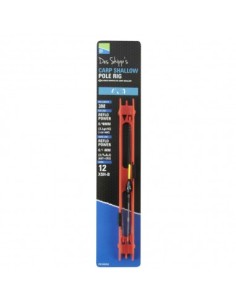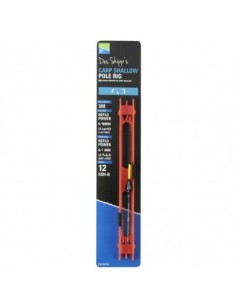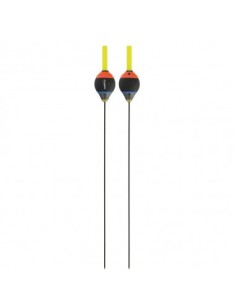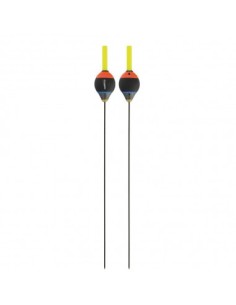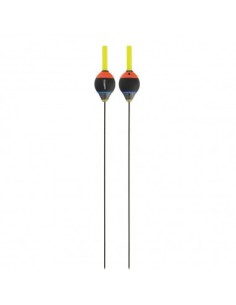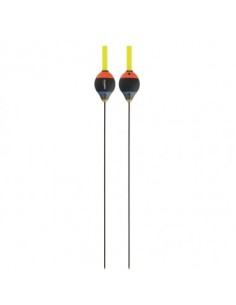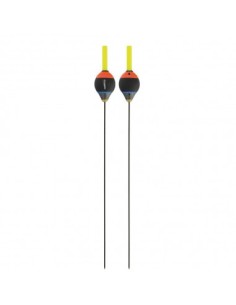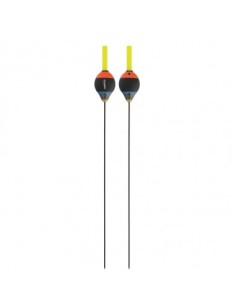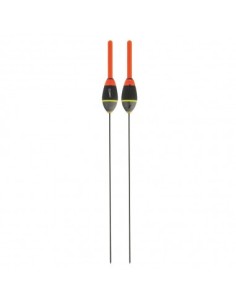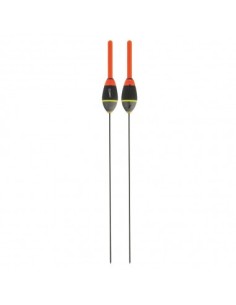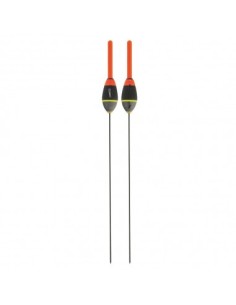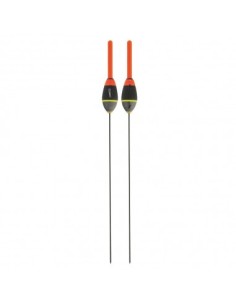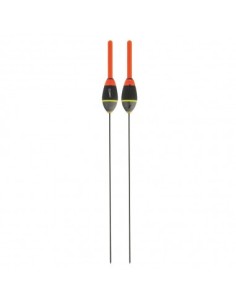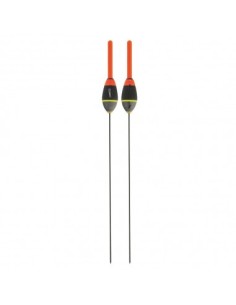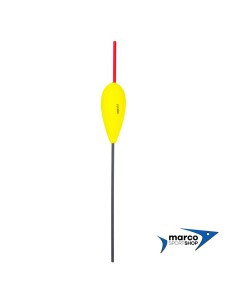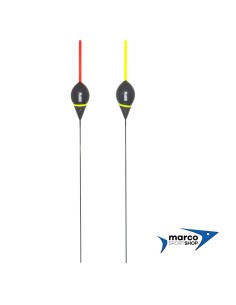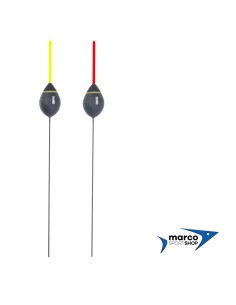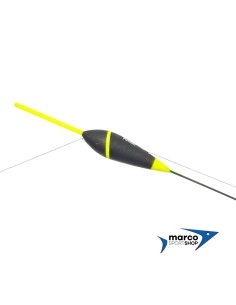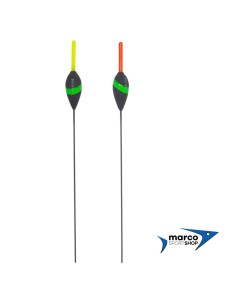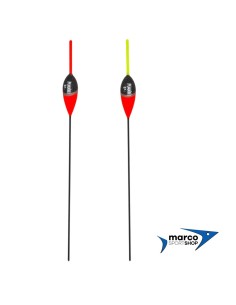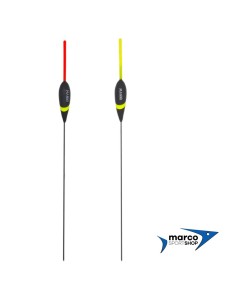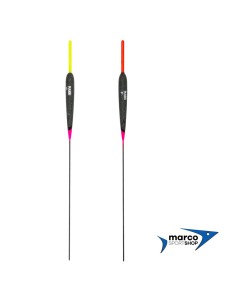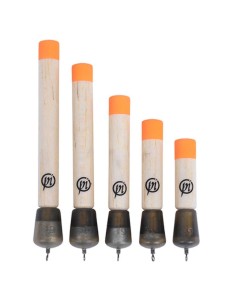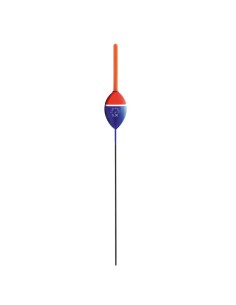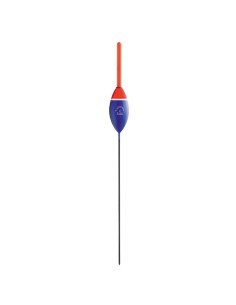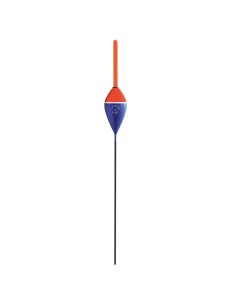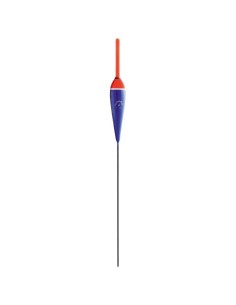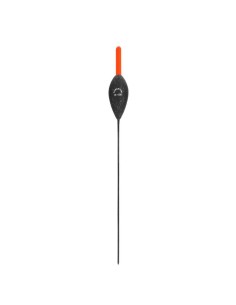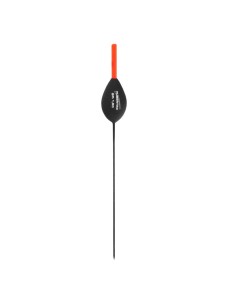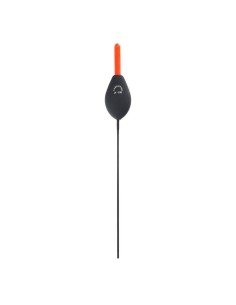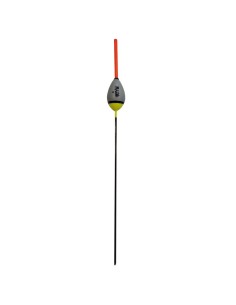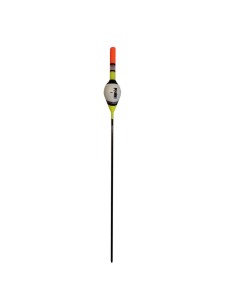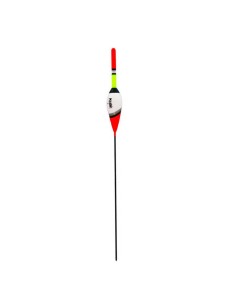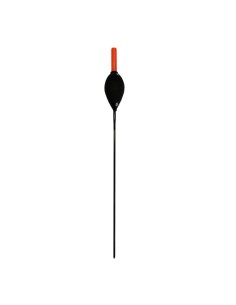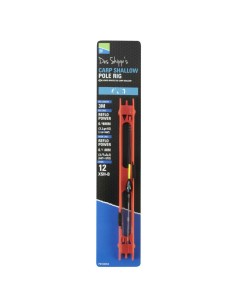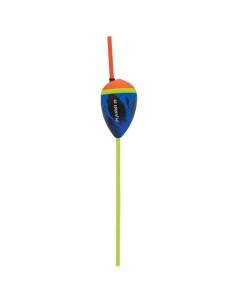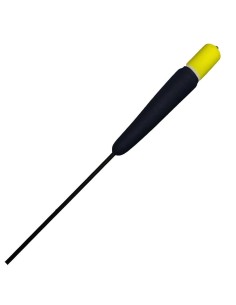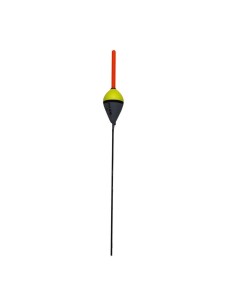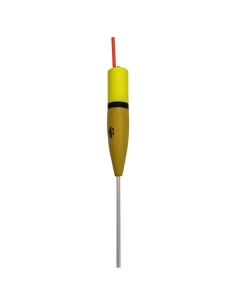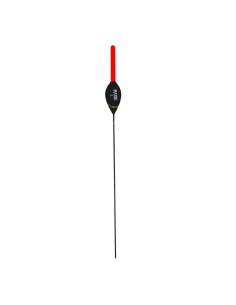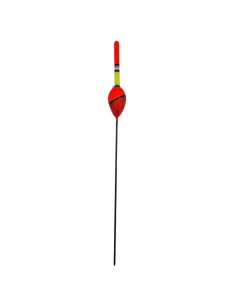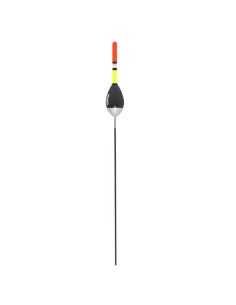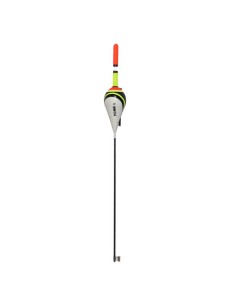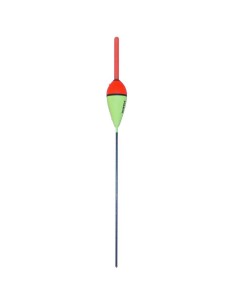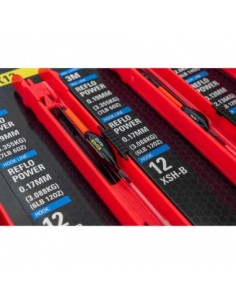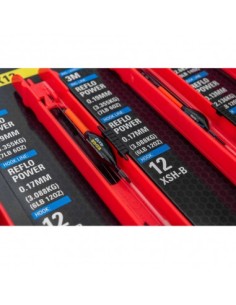Floats
Float Fishing: Types, Techniques, and Key Features
Float fishing can be practiced in both freshwater and saltwater, using floats made of balsa wood or other materials. Whether you’re fishing in a holding position or drifting with the current, understanding the different types of floats and their specific functions is crucial. In this category, you’ll find a wide selection of floats designed for various techniques—from fixed or sliding types to piombato (weighted) and luminous options—to help you fish effectively in a range of conditions.
Why Floats Are Essential
A float is indispensable for techniques like bolognese or English fishing, both in fresh and saltwater. Although seemingly simple, floats come in numerous shapes and forms. Each float consists of:
- A body, typically made of balsa or other buoyant materials.
- A stem or keel, the lower part that helps set the float’s depth once attached to the line.
- An antenna at the top for visibility and bite indication.
Among the various floats, you’ll find fixed models, sliding types, weighted floats for long-distance casts, English waggler floats, and luminous floats for low-light conditions.
Types of Floats
Fixed Float
- Definition: This float is set at a desired depth on the line based on where you want the bait to work.
- Shapes:
- Inverted Teardrop: A great balance between stability and sensitivity for detecting bites.
- Teardrop: Similar to the inverted teardrop but used upside down, excellent for trotting in moving water due to stable performance in currents.
- Spindle or Fuselike: Perfect for calm waters and cautious fish, offering superior sensitivity.
- Round or Spherical: Ideal for windy or choppy conditions; very stable in rough water.
Sliding Float
- Definition: This float moves freely on the line until stopped by two stoppers, making it easier to fish at depths greater than the length of the rod.
- Variants:
- English Waggler: Often partially weighted, featuring a bulbous or straight design. Tarable with split shot or torpilles, and recommended for windy conditions when fishing in the English style.
- Weighted Float (Piombato): Ranging from 3 g to 40 g, ideal for reaching distant spots, with pre-inserted weights in the balsa or cork body.
Luminous Float
- Definition: Designed for night fishing, featuring a hollow, transparent body housing a small LED that illuminates the float when activated, ensuring clear visibility after dark.
Choosing the Right Float
- Weight and Shape: Determines stability in the presence of wind, waves, or currents, and influences casting distance.
- Material: Balsa, cork, or modern composite materials provide different buoyancy and durability characteristics.
- Configuration (fixed, sliding, weighted, luminous): Each type addresses specific depth, distance, and visibility needs.
Conclusion
Within our float fishing collection, you’ll find solutions suited to every technique and fishing environment: from coarse fishing in lakes or rivers to sea fishing off beaches or piers. Choose the float that best meets your needs and enjoy a more precise and rewarding fishing experience.

